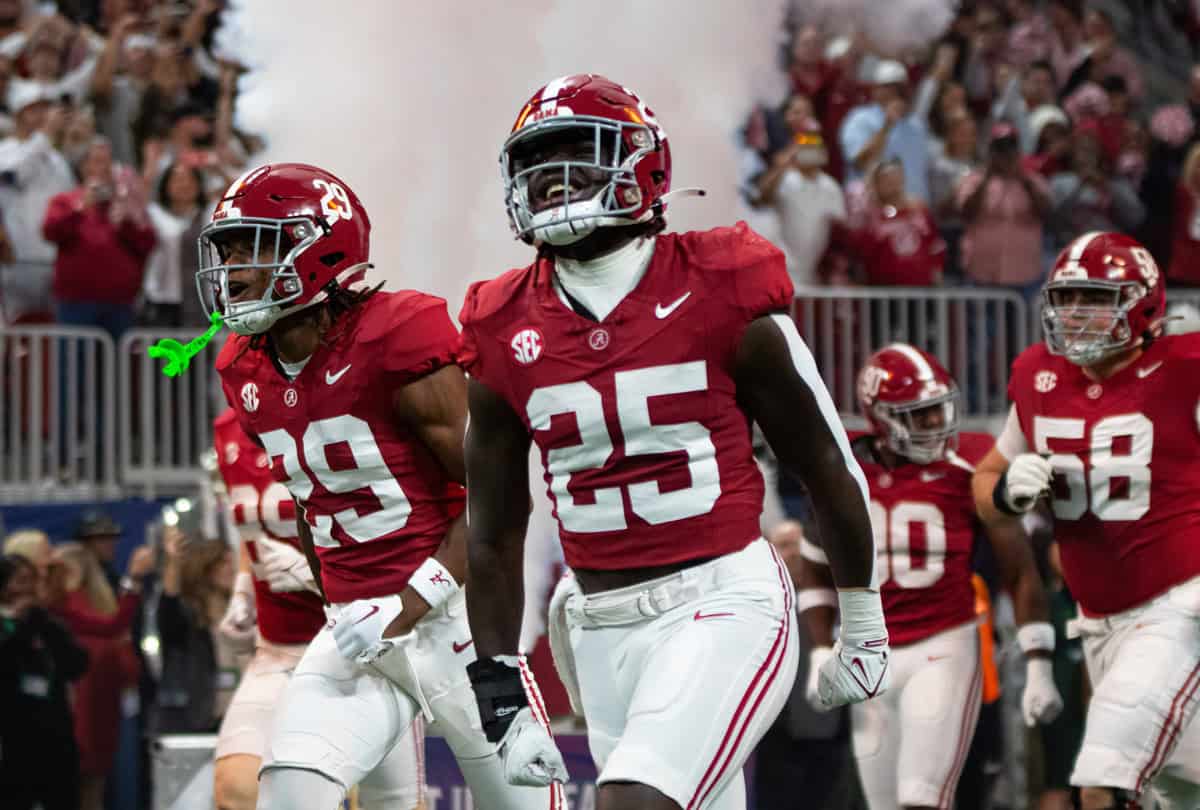But not every student follows that path.
For the first few years of his college career, Brett Twigg spent his time at a smaller school in the state, Jacksonville State University. The Southside, Alabama, native had personal obligations. He was afraid that he wasn’t mature enough to be out on his own, but in perhaps a whirlwind, perhaps fate, he found himself a student on campus of his long time football rival.
“I grew up an Auburn fan, so to think I ended up here is quite a shock,” said Twigg, a senior majoring in economics and political science. “I did not know that I would be transferring here for sure until I came to the 2014 Iron Bowl. The real reason I wanted to come to Alabama was that there were more opportunities here.”
Students like Twigg account for roughly over half of transfer students. Of the 1,478 transfer students that arrived at the University this semester, 57 percent of them were from the state of Alabama. Dinah Hollingshead, a junior majoring in criminal justice and political science, transferred from Lawson State Community College.
“The transition was pretty smooth,” Hollingshead said.
Hollingshead is one of many students across the country who attend community college for the first two years and transfer to a larger university. The main incentive, she said, is because it’s cheaper. At Lawson, Hollingshead was attending on a scholarship and was in the Honors College, something she feared standardized testing would prevent her from being able to do right out of high school at the University.
Statistically, stories like Hollingshead’s and Twigg’s are becoming less common. As with the incoming freshman class each fall, the proportion of transfer students from Alabama is dwindling. Since 2010, the Alabama residents have gone from around 80 percent of the total transfers to below 60 percent.
While being accepted into the University and performing well was easy for Hollingshead and Twigg, Hollingshead had some trouble finding information about campus activities and organizations.
“The University needs to keep transfer students more informed on all involvements on campus,” Hollingshead said. “They do a pretty good job, but they don’t give you the opportunity to join [an organization]. You have to go search for it yourself.”
For instance, she said she’d like to know the procedures to go through to become a member of the Honors College, something she feels is not communicated well. She would like to see more tables of organizations available on campus around the quad and the Ferguson Center.
In contrast, Twigg has found community and brotherhood. Since coming to the University, Twigg has gotten involved in a fraternity, conservative groups and the Pre-Law Student Association.
“The students here really care about doing well and getting involved,” he said. “I felt confined at Jacksonville, but not here.”







